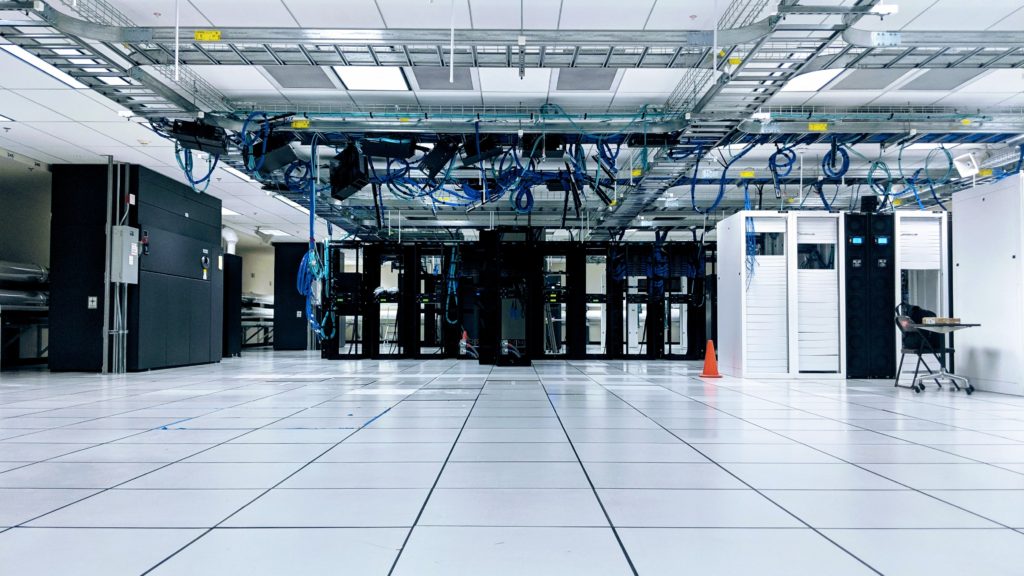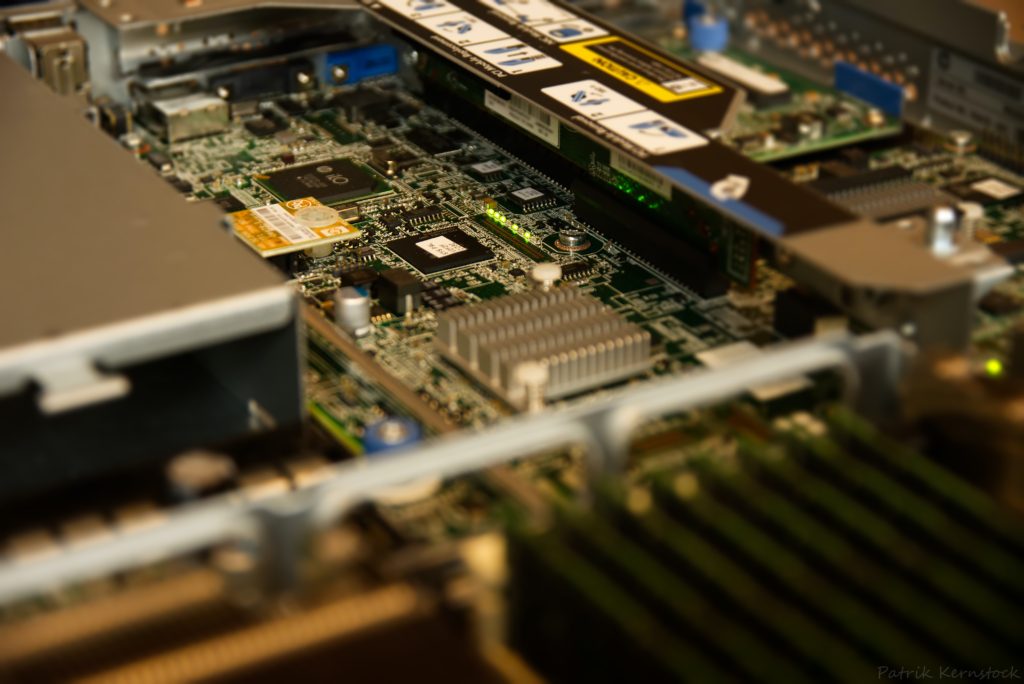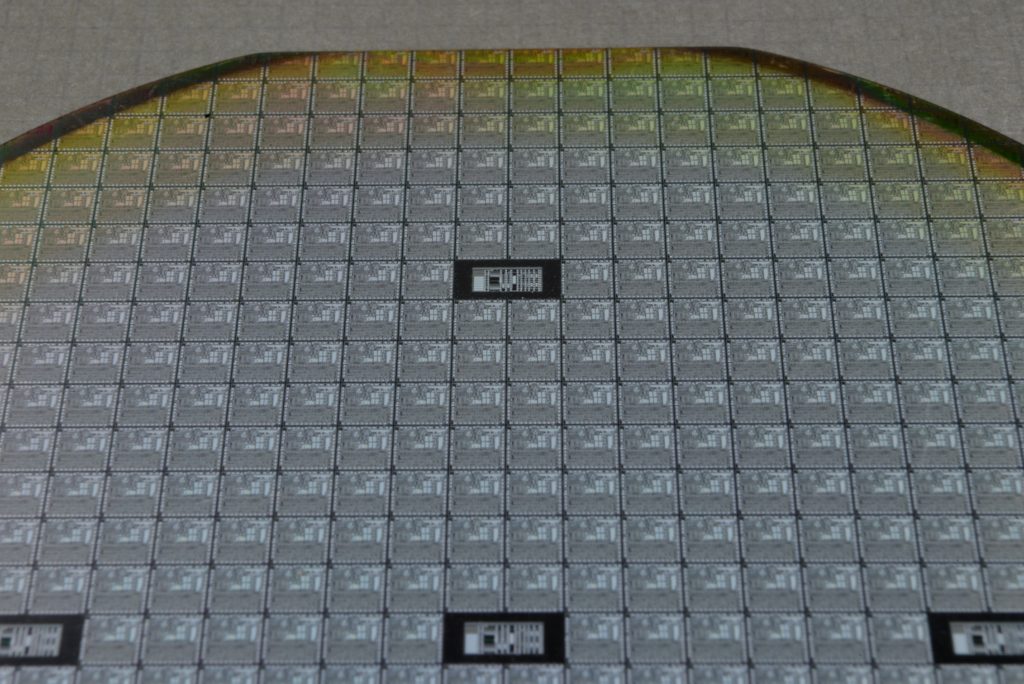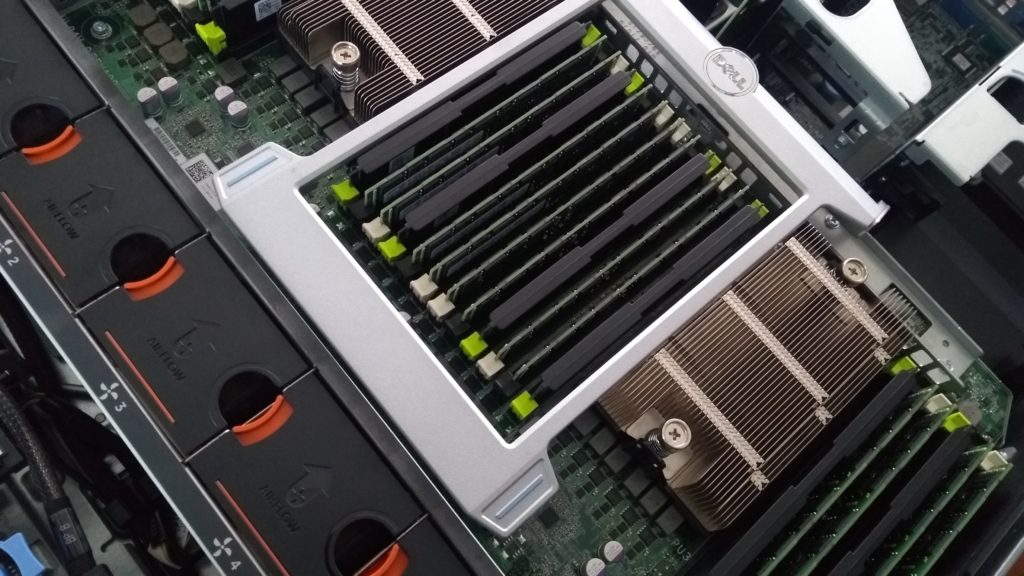Photo by Taylor Vick on Unsplash
The software business delivery model has been constantly changing. It has adapted the need of the market by leveraging all the possible ways to deliver the software solution hassle-free. From installing software using a CD-ROM or USB Flash Drive to installing over the internet, the ease of accessing and using software has changed a lot.
The customers have also adapted to the changing landscape. From worrying about configuring the license key correctly to transitioning to subscription (monthly/yearly) model has provided numerous benefits.
One major change in the software delivery model has been the cloud services, which has pushed the applications from the desktop to the browsers. This has greatly eliminated the need to configure the operating system and environment settings required to ensure that the application works flawlessly. Today, with the click of a button, one can securely log on to the website and access the software tools using any browser without worrying about the underlying operating system.
While the software has certainly made great progress, hardware has not been behind. The sole reason one can access software tools remotely is that the data centers located in the different parts of the world are working in harmony. This is to ensure that all the requests are processed with zero downtime and minimal delay. The underlying network of hardware ensures that, low latency is not a hindrance in accessing the software features. This has removed the need to maintain self-hosted servers and has allowed customers to instead invest in other critical solution to make the day to day task more productive.
The software licensing and delivery model today is termed as Software-As-A-Service (SaaS). It is a subscription-driven model where the application is hosted on a server and can be simultaneously accessed by all the subscribers without any resource constraints. The server will have all the software dependency pre-configured to let the developers focus on the delivery.
To run the SaaS model, a set of hardware tools are required. Instead of spending millions of dollars on the hardware infrastructure and maintenance, many enterprises and solution seekers have moved to the hardware licensing and delivery model and it is termed as Hardware-As-A-Service (HaaS).
The major difference between SaaS and HaaS, is the application. SaaS is primary all about software, while HaaS is not just about computer hardware and system but also about all those smart hardware solutions that are running the SaaS.
THE HaaS APPLICATIONS
The application areas of any given product is what differentiates it from competitors. In the last decade, the HaaS application has increased and many smart hardware providers have moved to the product-based service model.
The important application area of HaaS has been the data center, where cloud service providers (Amazon, Google, Microsoft, etc.) and content delivery networks (Akamai, Cloudflare, etc.) have created plethora resources to cater the growing need and demand of software enterprises. Anyone can rent as many nodes required and deploy a solution. The shared and dedicated website hosting also falls into the same category. Renting out per month basis than buying the hardware and setting up in the office is more cheaper and reliable. HaaS (Hardware == Data Center) also eliminates the cost of setting up a dedicated team to handle all the data center related issues.
The growth of smart devices has lead to change in the way consumers consume these products. Taking the queue from the smartphone business, it is evident that a new version of the smartphone is launched every year. This automatically prompts consumers to buy a new one due to the attractive features. Shelling out more than $500 every year on a smartphone is not what every consumer would like to do. To tackle this issue, the service providers (mainly cellular one) moved to the HaaS model (Hardware == Smart Device), in which they started providing the smartphone as part of a monthly plan than paying upfront. It certainly has pros and cons, but has provided consumers the ability to switch to better devices as and when required. This smartphone subscription model is now being extended to several other smart devices like cameras, drones, watches, security, T.V., and the list is endless.

Mobility is a very crucial part of the day to day life. In the transportation area, the HaaS model (Hardware == Vehicle) has been in use for decades. The model of renting the vehicle for a specific period is well proven and widely used. Due to the proliferation of vehicles for hire services, the HaaS model is being applied more relentlessly. From car to skateboard to electric bike to bicycle, now everything is available under the HaaS model. The growth of point-to-point will keep extending the application area of the HaaS within the mobility domain. Gen-Z and Gen-Alpha are going to mostly rent the vehicles under the HaaS model than spending money to purchase one.
As countries around the world move towards 5G and Wi-Fi 6, the digital landscape will also change as more consumers will have the ability to connect to the online world. This will demand a vast array of the internet of things that needs to be deployed across cities, states, and countries. The business (internet service providers) will unlikely follow the trend of settings technology on their own. This is where the HaaS (Hardware == Internet of Things) model will come in as a way to save cost while providing services.
Apart from the discussed application areas above, there are still miscellaneous domains where the HaaS model can be applied. It is already in use in the airline industry, where purchasing air crafts has moved to a year-long rental agreement. A similar concept will start to fill in the developing world where services are more vital now than ever.
THE HaaS BENEFITS
Technology when applied correctly, provides numerous benefits. SaaS showed many benefits to the software world. Same applies to the hardware world due to the HaaS implementation.
Cost is one of the major benefits of HaaS. The ability to rent out as many nodes for as many days required has provided new way for consumers to manage the cost. In many cases, consumers can spend money wisely in other critical areas. The ability to terminate and forget about the infrastructure is also one keys to why the HaaS model is getting popular.
The HaaS provides a way to access services anywhere. From data centers to mobility all are available at the click of the button. The HaaS will be deployed and available at the doorsteps. Majority of the cities around the world are already equipped with several HaaS services and this has provided reliable uptime to the services.

Portability is another important benefit of HaaS. The option to switch smart devices to a new one without worrying about the cost is one example. Even with data centers, one can move from one cloud HaaS provide to another, without the need to understand the underlying process and technical challenges.
With SaaS, the quality and reliability of software services improved. Always on services and customer support was a great addition to the SaaS model and it has ensured that the customers are never out of help. The same quality and reliability solutions have been extended to the HaaS model and are taking the customer experience to a new level.
Digital transformation, expanding high-speed network, and advancement in the semiconductor solution is only going to improve the HaaS experience.
THE HaaS FUTURE
Given the expansion of the artificial intelligence and autonomous solutions, it is highly unlikely that the HaaS delivery model will change much from the existing one.
The HaaS in the future will keep evolving around the following three important aspects:
- Users
- Middleware
- Services

Users are the consumers for the HaaS model and paying for the service. Middleware is the connectors between the users and service providers and gets the share of both sides of businesses. Services are the different solution providers with innovative services and products.
It will be interesting to see if the industry moves to a new way of subscribing to the services. Currently, the business is moving around pay as a use model, and it has worked wonders both for the service providers and the consumers. However, every model evolves, and with the rate at which the technology is advancing, it will be important to adapt the business model accordingly. What new way of supporting these services will come, only time will show.





















